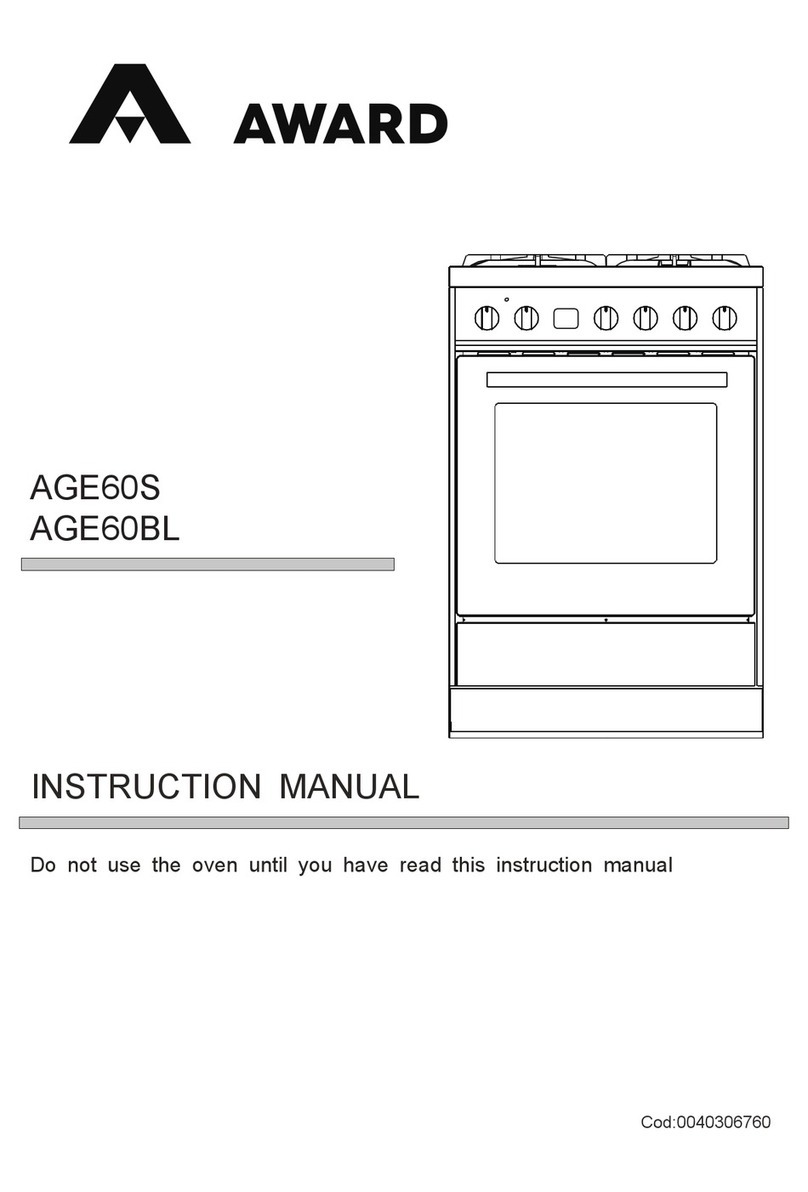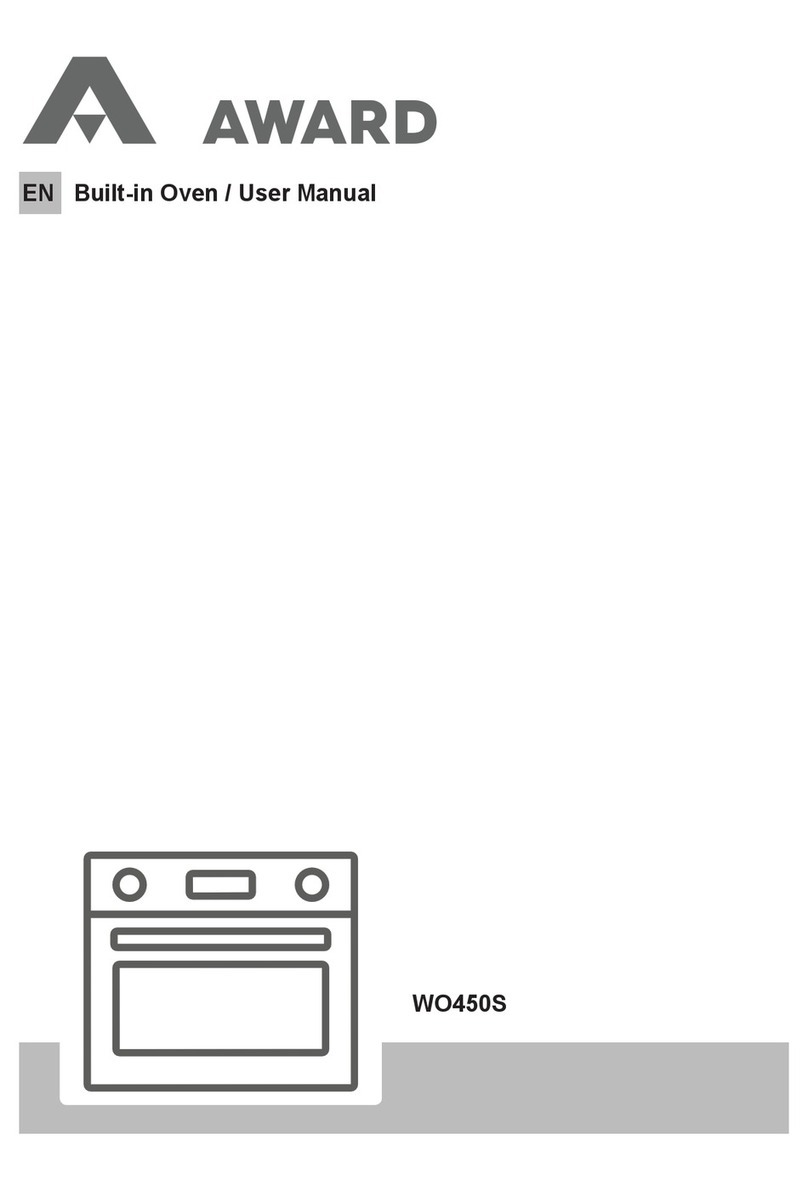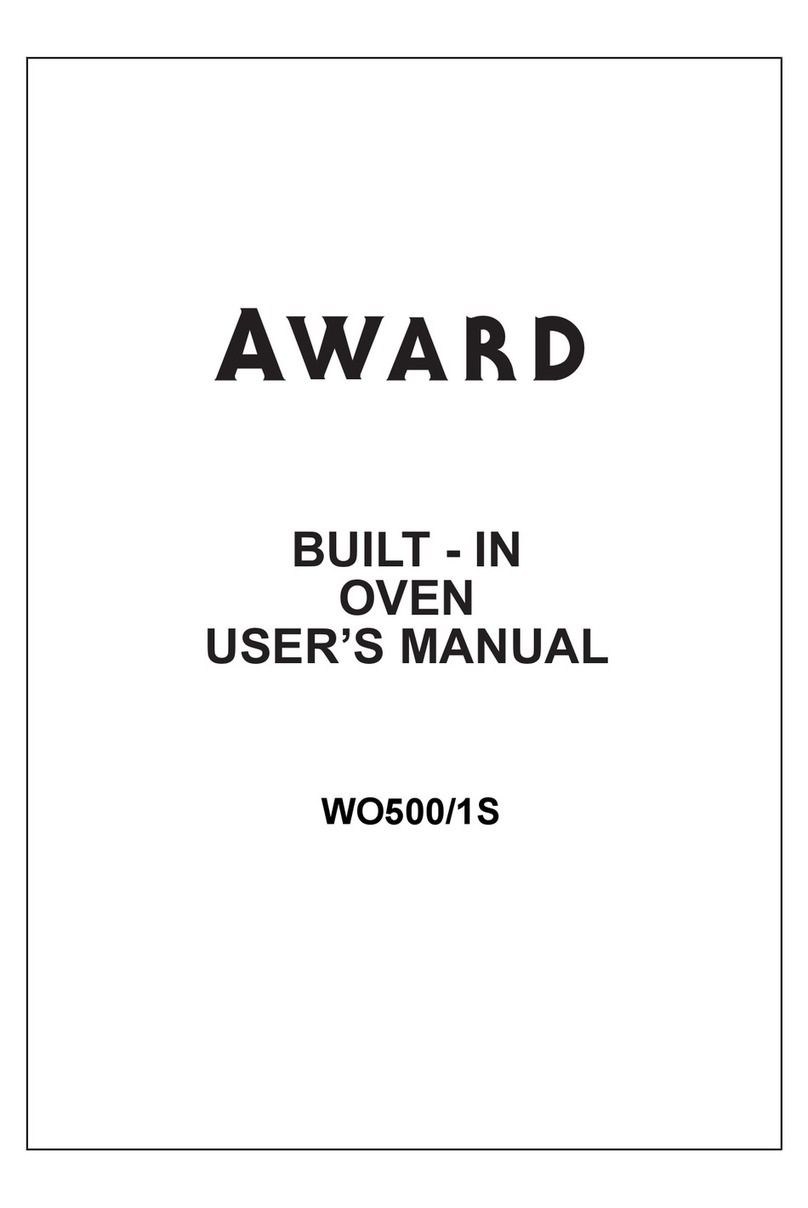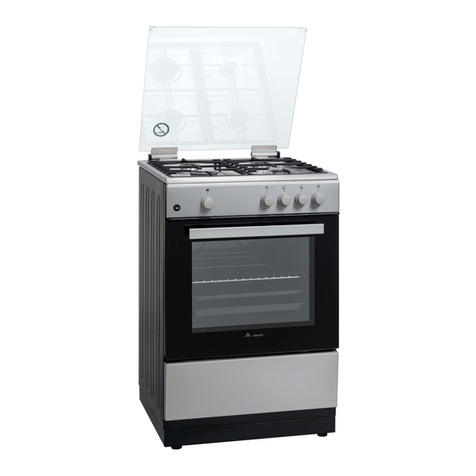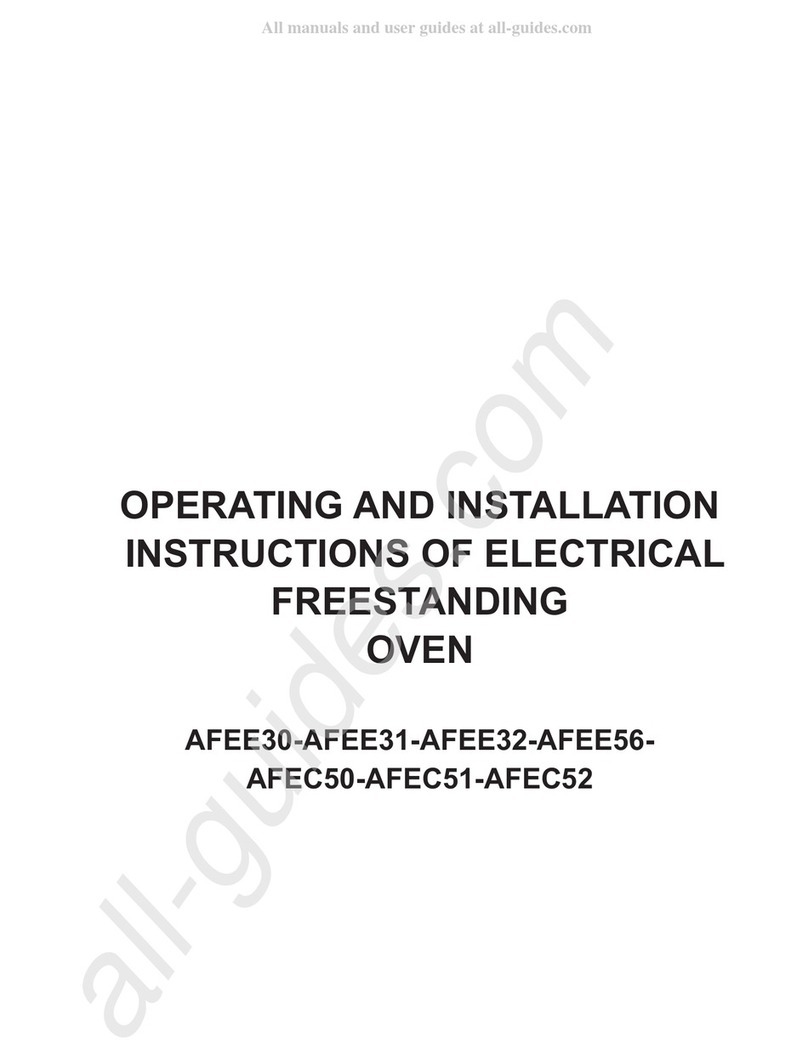GB
1
Table of Contents
IMPORTANT SAFETY INSTRUCTIONS ....................................................
3
Product Features ....................................................................................... 5
About Your Oven ............................................................................................................ 5
Cooling Fan ....................................................................................................................5
Rack Positions ............................................................................................................... 5
Baking Elements ............................................................................................................ 6
Grilling Element .............................................................................................................. 6
Convection Element ....................................................................................................... 6
About Convection Ovens ............................................................................................... 6
General Oven Tips ..................................................................................... 7
Preheating the Oven ...................................................................................................... 7
Operational Suggestions .......................................................................................... 7
Utensils ................................................................................................................ 7
Oven Condensation and Temperature ......................................................................... 7
High A titude Baking ....................................................................................................... 7
Oven Racks ................................................................................................ 8
Oven Extendable Racks ............................................................................ 9
Electronic control ...................................................................................... 10
Control panel description ............................................................................................... 10
Power-up ....................................................................................................................... 10
Setting the time of day .................................................................................................... 11
Setting the minute minder .............................................................................................. 11
Setting an oven function manually .................................................................................. 11
Setting an automatic oven function ................................................................................ 13
Cooking functions ..................................................................................... 14
Bake Tips and Techniques ......................................................................... 16
General Guidelines ........................................................................................................ 16
Bake Chart ..................................................................................................................... 16
True Convection bake Tips and Techniques ............................................ 17
Quick and easy recipe tips ............................................................................................. 18
Convection Bake Chart .................................................................................................. 18
Convection Roast Tips and Techniques ................................................... 20
Convection Broil (Grill) Tips and Techniques .......................................... 22
Broil (Grill) Tips and Techniques ............................................................... 23
Oven functions ........................................................................................... 24
Booster (Fast Preheat) ................................................................................................... 24
Eco-Bake ....................................................................................................................... 24
Defrost ........................................................................................................................... 24






